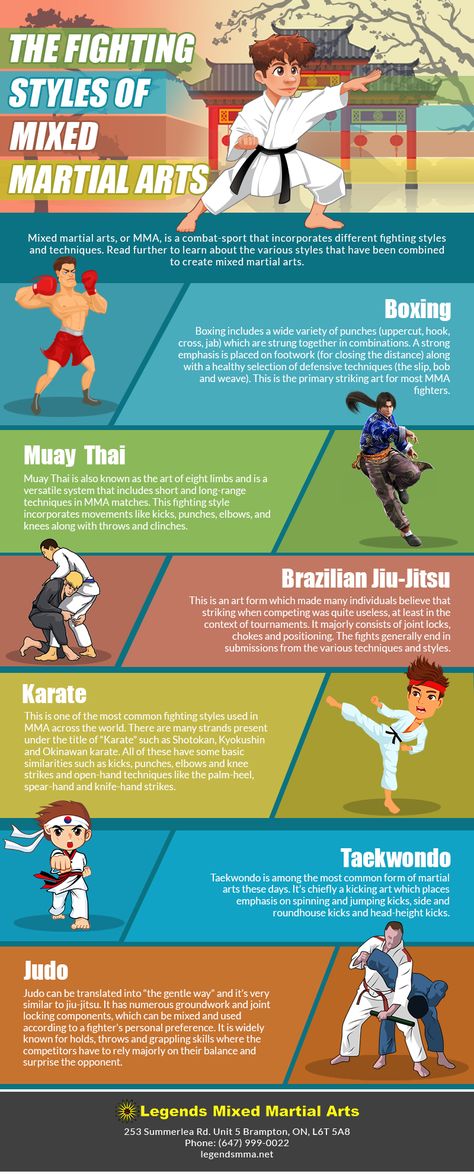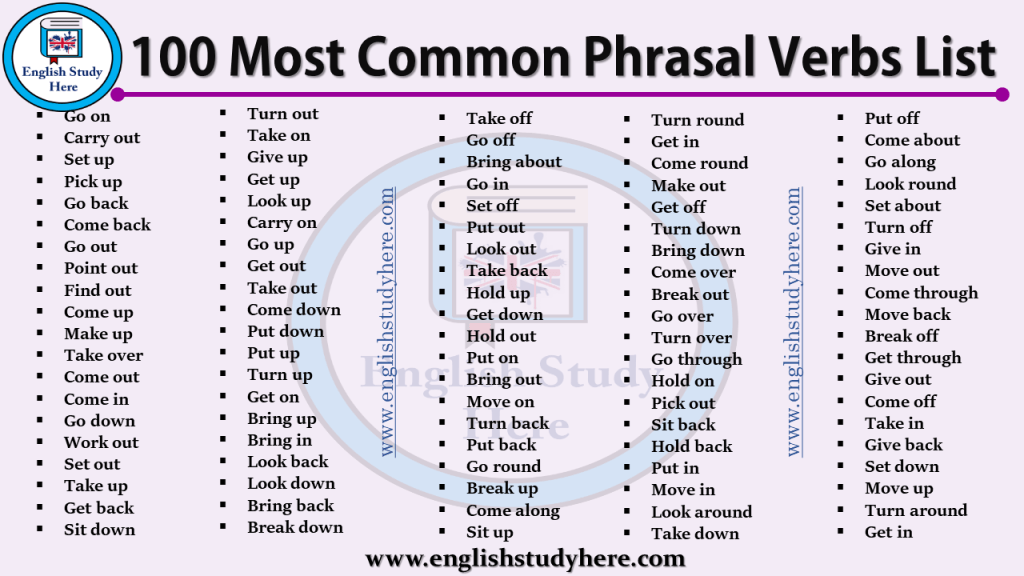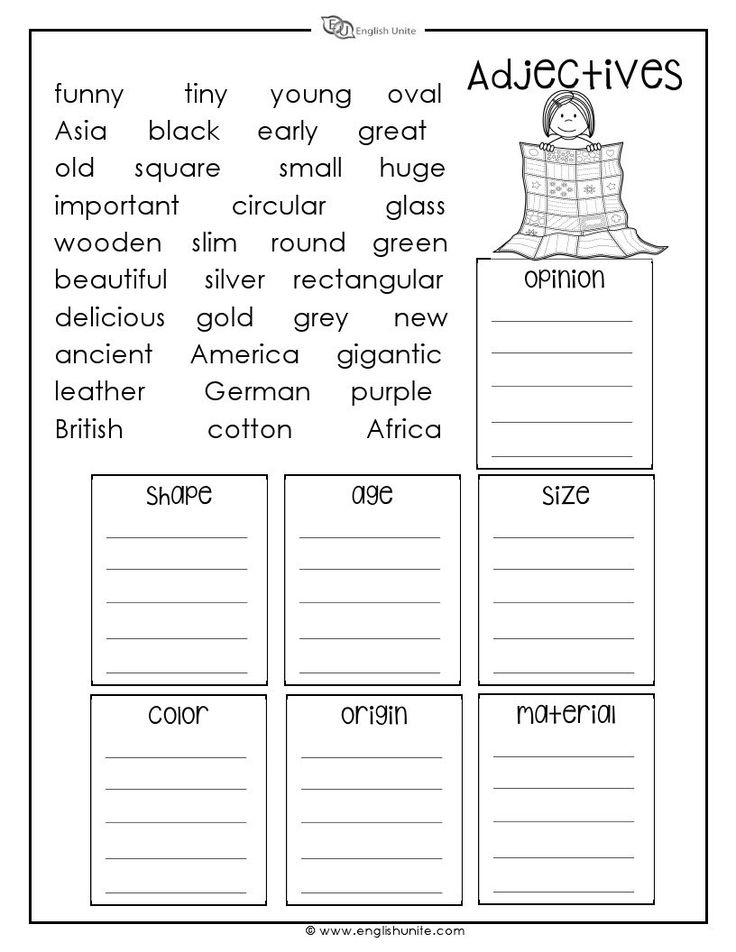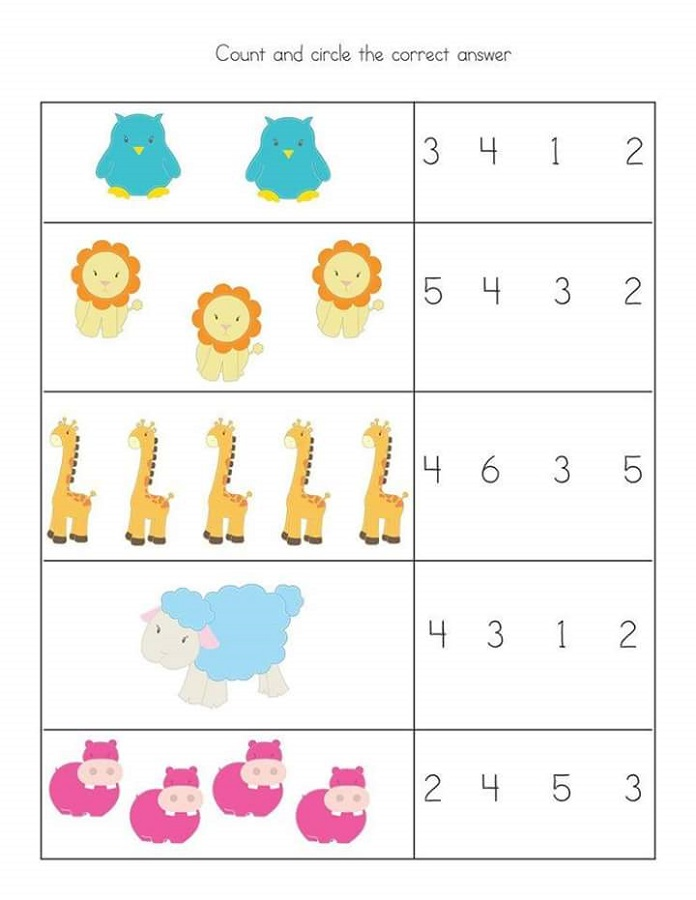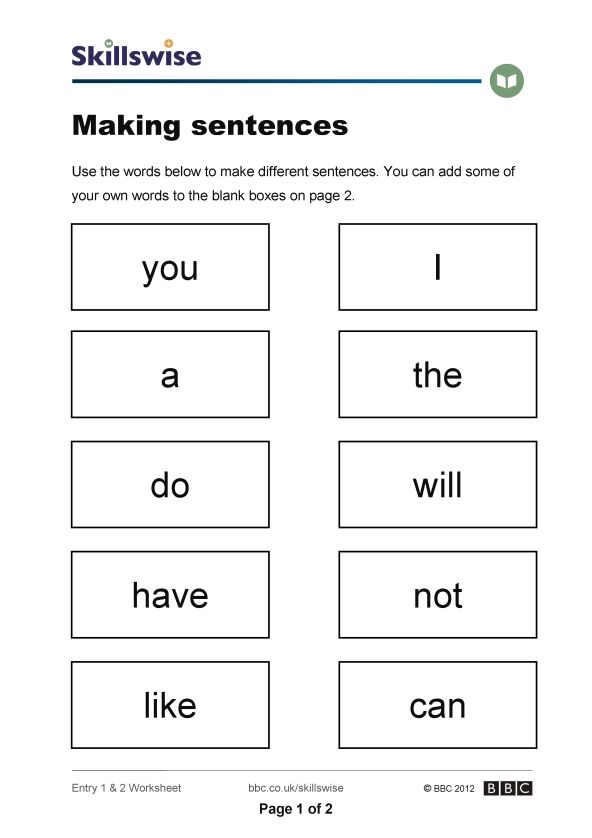Tips of fighting
10 SIMPLE Fighting Tips
The best advice is often the simplest advice.
Life is complex. So are techniques, skills, instructions, and many other things. After all the training you’ve done (or haven’t done)…the last thing you need is more things to confuse your brain and distract you from using your most natural weapon, INSTINCT.
So here are 10 easy tips to help you focus on the fight (and not the instructions):
1. Commit to the fight
You’re there to attack, kill, destroy, win. Commit to having that mentality the whole time. Don’t go in with the “let’s see what happens first”…that’s exactly the kind of thing that makes you second guess yourself and increases your chances of losing. There’s a difference between being smart and being cautious. It’s ok to observe and think, but please—COMMIT!
2. Focus on what you have to do
Land the punch, avoid the counter, move. You should be worrying about what you have to do rather than be worrying about getting hurt or other things. Don’t give yourself too many things to worry about. It’s really a waste of time/energy to worry about things that you cannot affect. Just attack, then move. The moment you stop to worry about getting hit, you’re probably gonna get hit.
3. Exhale sharply with every punch
Every punch should have a breath. This makes you faster and more powerful. It also helps you relax and save energy while also helping you establish a rhythm. Keep in mind this is meant to a be a SMALL BREATH, not a loud huff and puff.
4. Breathe when you defend
Breathe when you block or run away or slip. Breathe every time you’re on the defensive so that your body can take full advantage of this “resting state”. Breathe in a relaxed manner, not a panicky manner.
5. Walk, don’t run
Running and jumping around wastes energy. Walking towards, away, or around your opponent will save lots of energy, exude confidence, and still make it easy for you to move in and out of range. You don’t have to walk, you can use whatever footwork movement you want but do it with the ATTITUDE of walking.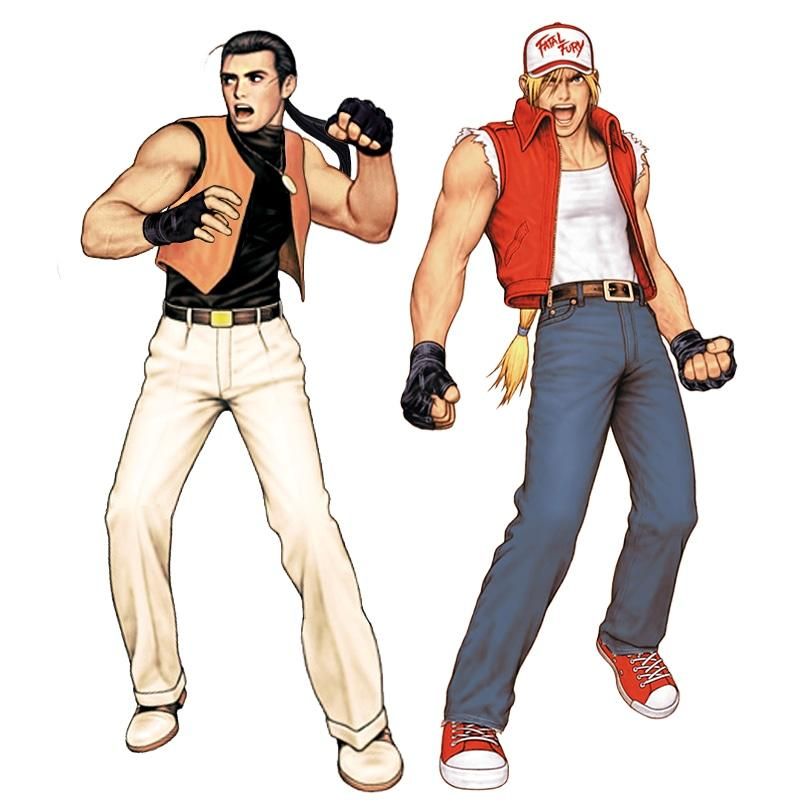 No panicking, ok?
No panicking, ok?
6. Drive your elbow (rather than the fist) into each punch
It doesn’t matter whether it’s a jab, right hand, left hook, uppercut, head or body shot. Try to drive your elbow and snap your elbow into the punch. This simple tip makes it easy for your arm to have good punching form with your elbow supporting your wrist and transferring maximum power. Too many people worry about the fist position and launching the fist…but the fist is weakly supported and doesn’t transfer much energy unless the rest of the arm supports it.
7. Never cover your eyes or let your opponent go out of your vision
Avoid ducking your head under him or into his waist in a way where you can’t see his head. If you guys are too close and swinging wildly, try to grab him in order to find him. Some guys use the mentality of always being able to see his chest, this is ok, too.
8. Lean on your opponent
This tactics works well to wear him out and let him waste energy throwing punches with no leverage.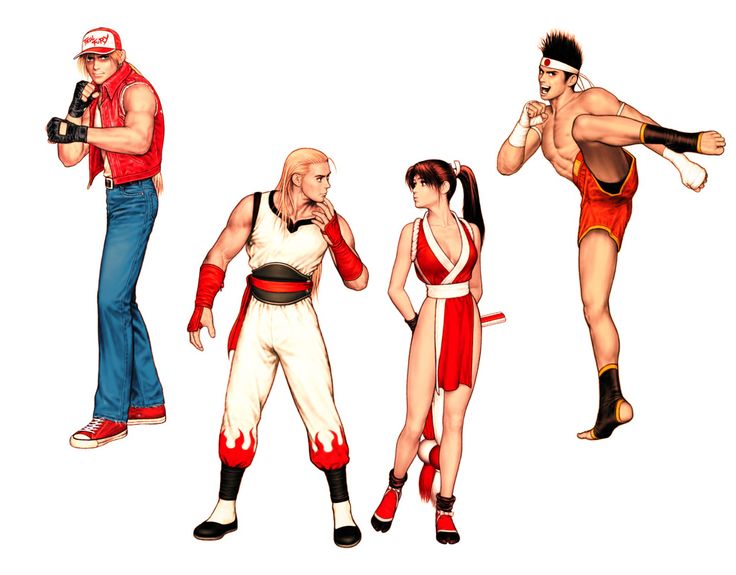 He’ll also be wasting energy trying to regain his balance. Of course, you can’t just make it a sumo wrestling contest, you have to actually throw punches here and there when you do this. This tactic works best if you are bigger, taller, have stronger legs, or need a rest.
He’ll also be wasting energy trying to regain his balance. Of course, you can’t just make it a sumo wrestling contest, you have to actually throw punches here and there when you do this. This tactic works best if you are bigger, taller, have stronger legs, or need a rest.
9. Watch for the opponent’s strong hand
Most fighters are one-handed or have one dominant hand that does all the damage. Pay attention only to that side and you will find that it’s almost impossible for him to hurt you. Quite often your opponent will stop using EITHER of his hands, when you take away his opportunities to use the strong hand.
10. Feint to the head, and then go to the body. (ALSO VICE VERSA)
So simple and effective every time. The more tense and out-of-control the fight, the easier this trick will work.
How to Win Any Fight
Your battle face doesn’t matter. You practiced it a thousand times half-naked in the bathroom mirror, along with your upper cut, haymaker, and maybe even some moves from that Tae Kwon Do class you took in your sophomore year of college.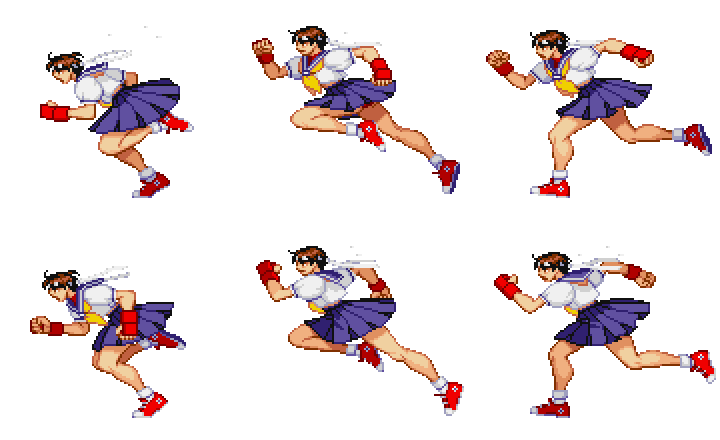
None of it matters when you’re staring into the bloodshot eyes of a beef-necked steroid monster at the bar who's convinced you're picturing his girlfriend naked. Combat is imminent.
So what do you do? Wally “The Weapon” MacDonald, a mixed martial arts coach in Rochester, N.Y., says almost every fight starts as an argument and can be prevented. “The best thing to do is put your hands up, and act like you're sorry," he says. "Try to deescalate the situation instead of throwing fuel on the fire."
But sometimes, a quick bar bout is unavoidable, no matter how petty the argument. And if you'd rather walk out of the joint with your dignity (and face) in tact than hobble back to your car with a black eye, bloody schnoz, and bruised ego, follow MacDonald's tips to win any fight. (And following the moves in The Georges St-Pierre Workout will help, too.)
1. Watch Ol' Beefneck's Body Language
MacDonald says an opponent will tense up, drop his chin, and shift his weight before attacking.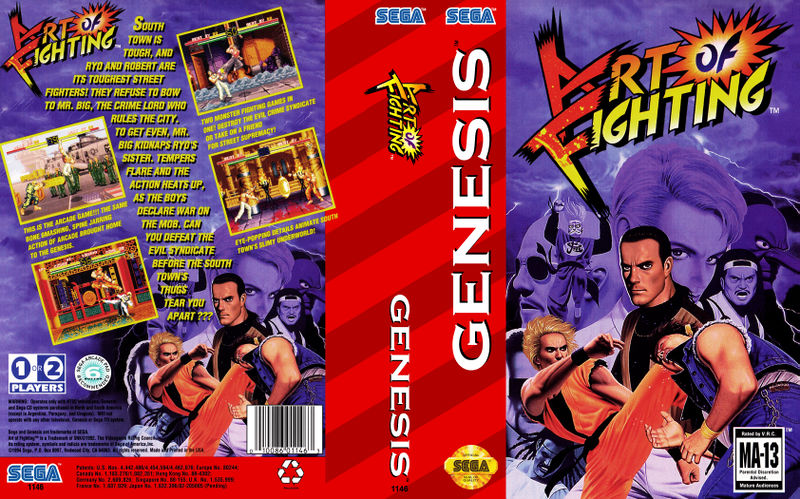 He’s broadcasting his attack—and you can counter it if you know his next move. If he's about to throw a punch, he’ll clench his fist and teeth, and cock his shoulder back.
He’s broadcasting his attack—and you can counter it if you know his next move. If he's about to throw a punch, he’ll clench his fist and teeth, and cock his shoulder back.
2. Slow Him Down
“Most of the time, fights don’t last more than a couple punches, so it’s best to be first,” says MacDonald. Aiming for his chin, nose, or temple will slow him down enough for you to get away. Also, “never underestimate a kick to the balls,” he says.
The only problem is most street fights MacDonald sees aren’t fistfights anymore. With the rising popularity of MMA and UFC, more people are using the moves they see on TV. “The haymaker is turning into the double A takedown,” he says.
The Speed and Power Boxing Circuit:
3. Ready, Set, Sprawl
So if Beefneck's about to try a takedown move on you, MacDonald says he will shift his weight by bending his knees or waist before charging. When he rushes forward, push his head toward the floor and sprawl. With your chest onto his back, slide your hips and legs back, so his head is near your stomach and your legs are out of reach. Now, your body weight is on the back of his neck and his head, allowing you to push his face into the floor.
When he rushes forward, push his head toward the floor and sprawl. With your chest onto his back, slide your hips and legs back, so his head is near your stomach and your legs are out of reach. Now, your body weight is on the back of his neck and his head, allowing you to push his face into the floor.
4. Prepare Your Mind
OK, time for a buzzkill: According to Tony Blauer, globally consulted self-defense guru and creator of the SPEAR self-defense system, the sprawl move won't win you any fights unless something else is ready long before Beefneck even comes into the picture—your mental game. “The mind navigates the body,” he says. “Self defense is the act of, in the moment, overcoming emotional and psychological obstacles to do what’s right, to protect yourself.”
Blauer says that when he interviews victims and victors of physical confrontations, the difference is their mindsets. Traditional fighting styles don’t prepare a victim for a street fight because what happens in the ring is completely different.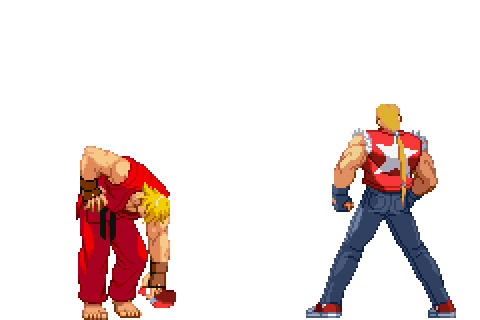 “No fight ever starts with half an hour to warm up,” he says. Or when you make plans, “It’s not like ‘Hey, what are you doing Saturday night? Let’s defend ourselves at that bar.’”
“No fight ever starts with half an hour to warm up,” he says. Or when you make plans, “It’s not like ‘Hey, what are you doing Saturday night? Let’s defend ourselves at that bar.’”
In an ambush on the street or a bar fight, fear takes over and paralyzes the victim. “That fear moment is everything,” Blauer says. “It’s that domino effect of doubt, hesitation, anxiety, and panic, and it can happen pretty fast.”
The SPEAR system, which Blauer has taught to military and law enforcement units in the United States and around the world, focuses on being mentally prepared for that moment of fear so it doesn’t defeat you before the first punch is thrown.
5. Check Your Ego at the Door
Of course, the best thing for both your mind and your body is to avoid getting in a fight altogether. Both MacDonald and Blauer say the most common mistake they see guys make is letting their egos get in the way. Even with all his belts, titles, and a 20-year career, “The Weapon” MacDonald says he really doesn’t like hurting people.
“(Most) of the time if one guy is pissed off and mad, and you’re calm and collected, you can defuse the situation,” he says. Even if you’re in the right, MacDonald suggests buying the other guy a drink or apologizing.
After all, your ego will heal faster than your face. (Get more indispensable guy wisdom and improve your life in every way by signing up for The Best Life newsletter.)
How to master wrestling and always win. Tips from Russian Champions :: Lifestyle :: RBC Sport
In Russia, wrestling has always been a sport in which our athletes have taken leading positions at competitions of all levels. Champions Sergey Semenov and Abasgadzhi Magomedov told RBC Sport how to start mastering wrestling and win.
Follow us in
News (Photo: Sergey Semenov)
Wrestling is one of the most ancient sports, its traditions were known in ancient Sparta.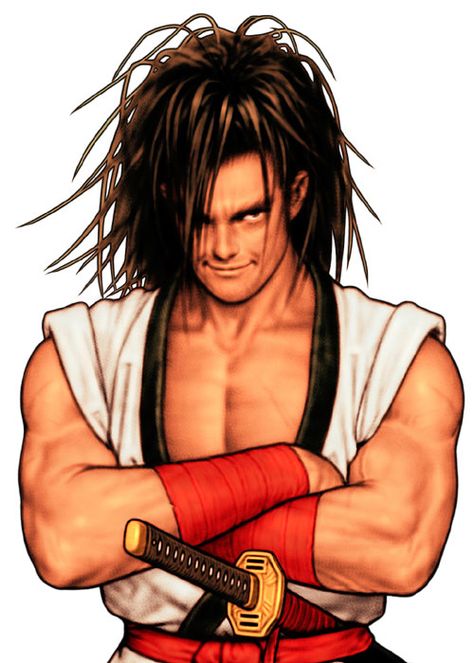 No wonder that Greco-Roman wrestling became one of the competitive disciplines at the first Olympic Games in 1896. Eight years later, freestyle wrestling also became an Olympic sport. After 100 years, women's wrestling made its debut in the Olympic program in Athens, the first silver medal was won by Russian woman Guzel Manyurova.
No wonder that Greco-Roman wrestling became one of the competitive disciplines at the first Olympic Games in 1896. Eight years later, freestyle wrestling also became an Olympic sport. After 100 years, women's wrestling made its debut in the Olympic program in Athens, the first silver medal was won by Russian woman Guzel Manyurova.
Wrestling traditions have been strong in Rus' since ancient times, in the days of Tsarist Russia the name of Ivan Poddubny was known all over the world. It was the traditions of wrestling that allowed Russian athletes to take a leading position in this sport. The greatest number of victories at the world championships in freestyle wrestling is on account of Alexander Medved, who won 10 gold medals. Greco-Roman wrestler Alexander Karelin is only one medal behind him (9).
On the eve of the first tournament of the International Wrestling League of Poddubny, which will be held at the initiative of the Russian Wrestling Federation on May 19-20 in Moscow, RBC Sport spoke with two-time Olympic medalist and world champion in Greco-Roman wrestling Sergei Semenov and the current world champion and Russian freestyle wrestling champion Abasgadzhi Magomedov.-1.jpg)
Sergey Semenov (Photo: Sergey Semenov)
Sergey Semyonov, two-time Olympic medalist, world champion in Greco-Roman wrestling
Before taking a child to martial arts, parents should gradually introduce other types of physical activity into their child's daily routine. For the development of flexibility and agility, gymnastics and acrobatics are well suited, for endurance - running and swimming. Only after two or three years of regular sports can you bring your child to wrestling. I myself started training at the age of eight and would recommend that you first attend trial classes in various clubs in order to closely monitor the attitude of the coach towards the children. How intelligibly he explains exercises and techniques, how he gets along with the child, whether they are comfortable working together. It is on the relationship with the coach that the success of the future wrestler depends.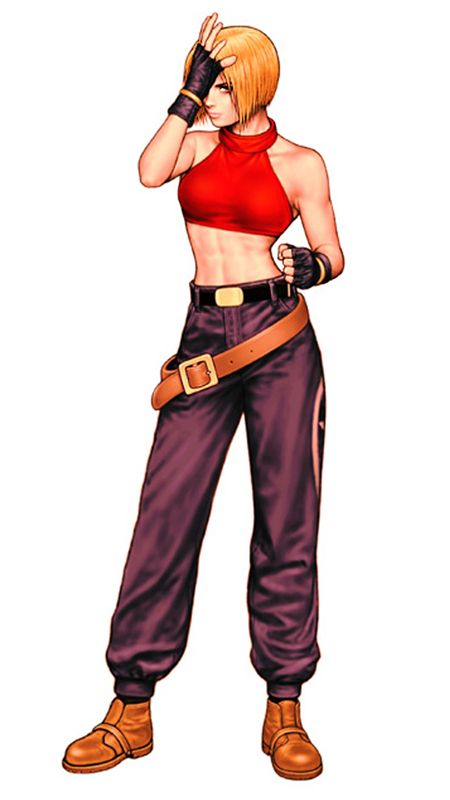
Training in wrestling necessarily begins with preparation. Age is also important: if you train from an early age, when the muscles are more flexible and elastic, the body quickly remembers the necessary techniques and options for avoiding an opponent's grip. Before starting wrestling training, you need to prepare the whole body: warm up the ligaments, and only then move on to simple techniques. Until you master them, I do not recommend going out on the mat with a partner.
There are several exercises with which all young wrestlers begin. They are not aimed at practicing power techniques (grabs), but at developing stability, balance on the mat. For example, wrestling on one leg, when the task of the opponents is to maintain balance, or “tagging” - the wrestlers, facing each other, try to step on the opponent’s foot and at the same time prevent them from stepping on their own.
Selection for the Tokyo Olympics (Photo: Sergey Semenov)
The advice I can give is not to rush to learn how to wrestle faster, but to master this sport gradually.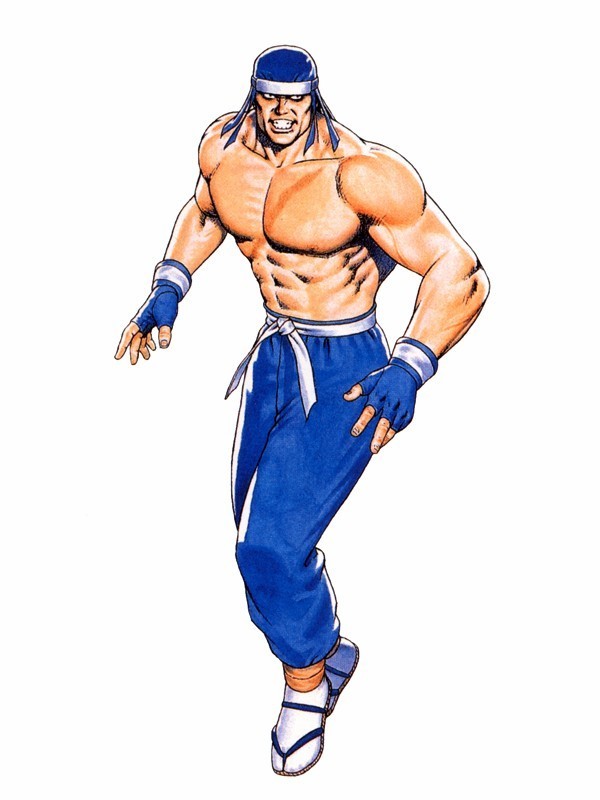 I have noticed more than once how novice wrestlers really want to master all the tricks at once, they grab onto different styles and techniques without having worked out each one 100%. As a result, they are the ones who make the most stupid mistakes. In developing yourself as a wrestler, this is fraught not only with offensive losses, but also with injuries, so it is very important to find a coach who will help you slowly, consciously and safely master wrestling techniques.
I have noticed more than once how novice wrestlers really want to master all the tricks at once, they grab onto different styles and techniques without having worked out each one 100%. As a result, they are the ones who make the most stupid mistakes. In developing yourself as a wrestler, this is fraught not only with offensive losses, but also with injuries, so it is very important to find a coach who will help you slowly, consciously and safely master wrestling techniques.
You can start training in a regular tracksuit, the main thing is not to forget about the warm-up - the main point in training. All joints and muscles need to be properly kneaded. It is advisable to do a little stretching of the muscles before training, as well as after it. This will help them “not to clog” - not to be filled with lactic acid from severe overexertion. Otherwise, the next day, aches and weakness in them will not allow you to continue training. Massages are also effective: if there are problem areas, it is better to use warming ointments during the kneading process.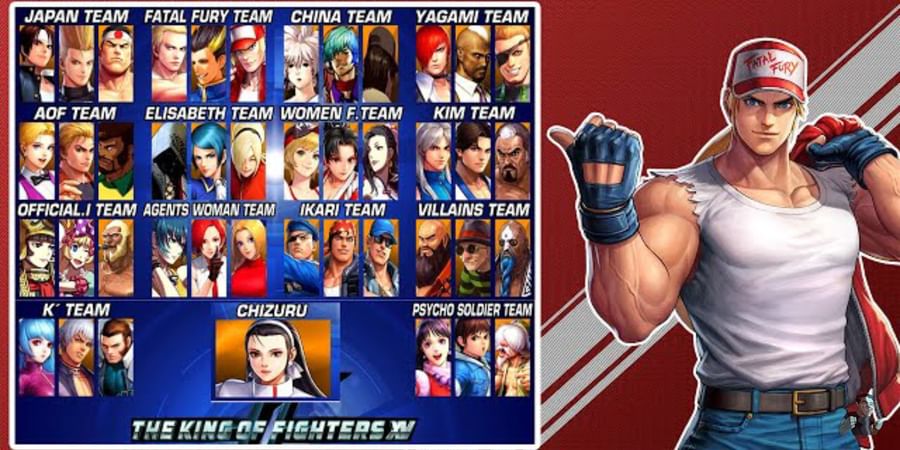
Abasgadzhi Magomedov (Photo: Abasgadzhi Magomedov)
Abasgadzhi Magomedov, current world wrestling champion and Russian freestyle wrestling champion
Those young people who dream of wrestling must first dedicate a year or two to gymnastics, and at the age of 7–8 start strength training. Since wrestling is a synergy of flexibility and strength, while gymnastics and acrobatics train body mobility, joint elasticity, and agility. Stretching and the ability to group are the main skills of wrestlers.
Before each workout, a warm-up is required - the muscles must be warmed up so that the athlete does not get injured. Lack of a thorough warm-up, forced preparation for entering the mat can cause numerous injuries. These include damage to the internal meniscus, ligament rupture of the knee joint, and various dislocations of the shoulder, hand, and ankle.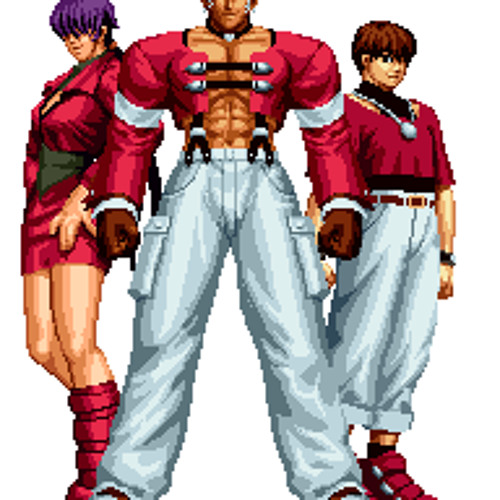 In addition, I do not recommend moving on to practicing a new technique without thoroughly studying all the subtleties of the previous one.
In addition, I do not recommend moving on to practicing a new technique without thoroughly studying all the subtleties of the previous one.
In the process of training professional wrestlers, the main role is played by the coach. When choosing a person who will supervise an athlete throughout his formation, it is better to give preference to masters of sports, as well as former professional wrestlers. A coach who has not taken part in any fight may be able to cope with the explanation of the theory, but he must show the execution of practical techniques personally. Of course, it is better to entrust work with children to a specialist who loves his job and gets along well with little athletes. A trusting relationship with a coach is the key to a wrestler's success, because often many talented guys refuse to practice this sport precisely because of a lack of mutual understanding with a mentor.
Abasgadzhi Magomedov at the World Championship (Photo: Abasgadzhi Magomedov)
A special wrestling leotard made of synthetic materials - lycra and elastane - is ideal as equipment.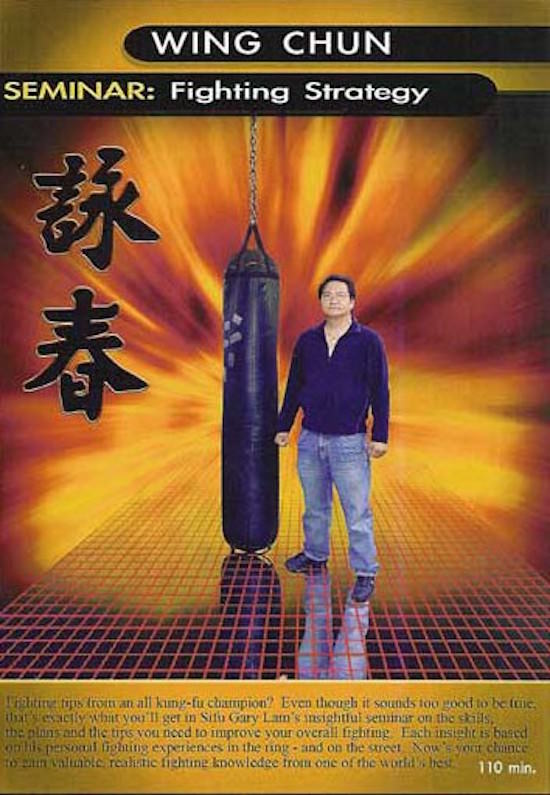 Thanks to their properties, the suit stretches well and will never tear during a fight. Shoes made of hard materials with hard soles are prohibited on wrestling mats, as they can harm the opponent and damage the tatami. Therefore, the best option is “wrestling shoes” made of natural fabrics, for example, cotton, which fit snugly around the ankle, protecting the athlete from dislocations.
Thanks to their properties, the suit stretches well and will never tear during a fight. Shoes made of hard materials with hard soles are prohibited on wrestling mats, as they can harm the opponent and damage the tatami. Therefore, the best option is “wrestling shoes” made of natural fabrics, for example, cotton, which fit snugly around the ankle, protecting the athlete from dislocations.
,>
Freestyle wrestling for children - from what age, benefits and harms
Despite existing stereotypes, freestyle wrestling for children is one of the best sports disciplines and is included in the list of sports represented in the Olympic Games.
Children from 5-6 years old are accepted in the section. Before enrolling in a section, it is important to know whether this sport is suitable for a child, how to choose the right section and what lessons give young athletes.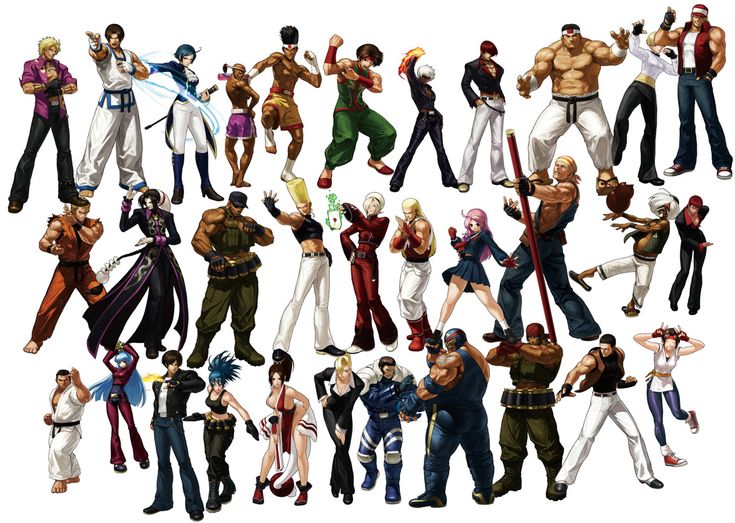
Whether a child is suitable for freestyle wrestling, how to determine
According to professional coaches, freestyle wrestling can be an excellent sport for any child. At the beginning of a sports career, the physique and physical strength of the baby does not matter at all. However, psychologists do not recommend giving children who are uncomfortable with close interaction, as well as children prone to slower disciplines, to this sport, because this martial art involves a high reaction rate.
To determine if freestyle wrestling is suitable for your child, you can get tested in specialized centers, or follow the recommendations from this article yourself.
But even despite all the tests and advice from professional trainers and psychologists, the main criterion for enrolling a child in the freestyle wrestling section is his personal desire.
Find out if your child likes this sport, just take him to competitions or to the gym for training. Observe the reaction of the baby, invite him to attend a trial lesson and this will be the best test that will show whether the child should go in for this sport.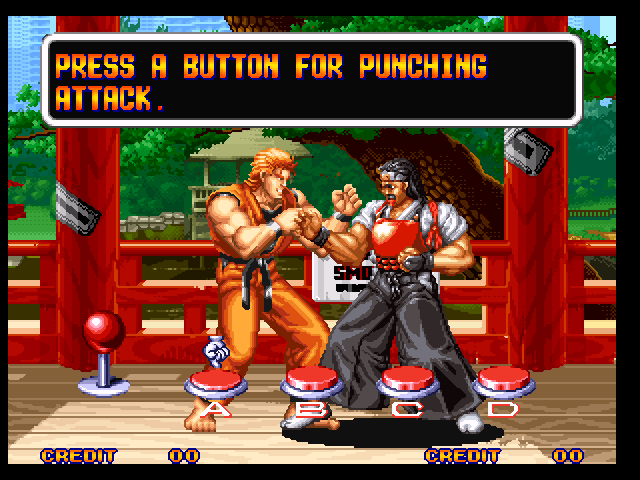
It would also be useful to introduce the child to other types of martial arts, such as judo, karate, jiu-jitsu, etc., to take him to training in different sections, so that the child chooses the most interesting discipline for himself.
At what age can a child start freestyle wrestling
Freestyle wrestling as a sport has no specific age restrictions. In the history of sports, there are cases when athletes came to the section at the age of 15-17 and achieved high results. However, according to statistics, such cases are rather the exception to the rule.
Coaches advise to give the kid to freestyle wrestling as early as possible. The optimal age for entry in the section is considered to be 6-7 years.
At this young age, pupils do not yet learn power techniques and special techniques. Children of preschool and primary school age master the principles of general physical training. If your child has previously been involved in other types of martial arts and has sufficient physical fitness, you can transfer him to the club at the age of 9-10 years.
Schoolchildren who show good results in physical education lessons at school often come to the section. A competent physical education teacher will always notice a gifted student and recommend parents the most suitable sports school for him.
What freestyle wrestling develops in children, its benefits and harms
Freestyle wrestling has long been popular in Russia, thanks to which our country has a professional coaching staff, and serious steps are being taken to develop this Olympic sport.
One of the main advantages of the discipline can be called the absence of techniques that are present in other martial arts. This is what makes it possible to reduce the risks of injury to athletes in the ring. This is also facilitated by the new rules for holding competitions, in which painful grips, finger twisting and other dangerous techniques are prohibited.
Freestyle wrestling develops in a young athlete such qualities as:
- Endurance and stamina;
- Purposefulness;
- Will to win and strong character;
- Responsiveness;
- Ability to quickly assess situations and make decisions;
- Self-defense skills.

In addition, sports have a positive effect on the physical health of athletes. Wrestlers are distinguished by their athletic physique, strong cardiovascular and immune systems.
Among the negative aspects of classes, many parents consider the increased risk of injury. Of course, it cannot be denied that wrestlers often face various injuries during training and competition. But, according to professionals, freestyle wrestling is not a sport with a high risk of injury, because, despite the fact that this is a contact sport, there are no painful and suffocating techniques.
Weight and age categories
Weight and age categories in freestyle wrestling are established by the Federal Standards of Sports Training.
Competitions among athletes are held in the following categories:
- Under 16: boys enter the ring in weight categories from 32 to 120 kg. Girls compete in weight categories from 30 to 62 kg;
- Under 18 years old: boys compete in categories from 42 to 120 kg, girls from 38 to 70 kg;
- Under 21: Boys compete in weight categories from 50 to 120 kg and girls from 44 to 72 kg.

To be eligible to compete, athletes must have parental permission, a valid medical certificate, and sports insurance. Also, sports insurance will be required for kids when enrolling in the section. It is recommended that children of primary school age take out a policy with 24/7 coverage.
How to choose a freestyle wrestling section for children
Freestyle wrestling is one of the most popular sports in Russia. There are sections of this sport in every city and in almost every district. You can choose a freestyle wrestling section for children in your city near your home in our catalog.
When choosing a school, pay attention to the technical equipment, the professionalism of the coaches and the success of the pupils. If you are enrolling a child of preschool or primary school age in freestyle wrestling, ask if the coach has experience working with preschoolers and pedagogical education.
Today you can find both paid and free sections of freestyle wrestling.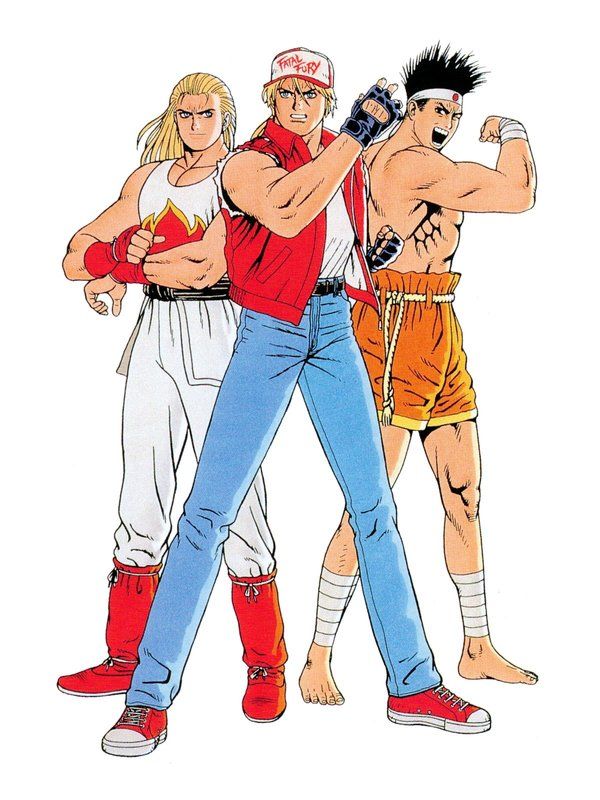 If you want to study for free, look at public schools. Freestyle wrestling is taught at the Youth Sports School at a professional level and pupils are prepared for a serious sports career.
If you want to study for free, look at public schools. Freestyle wrestling is taught at the Youth Sports School at a professional level and pupils are prepared for a serious sports career.
Stages of sports training
Children in the freestyle wrestling section are accepted from the age of 6 years. Up to 10 years old, a sports and health course is taught, thanks to which endurance increases, immunity is strengthened and the body is prepared for serious sports loads.
At the age of 10, the initial stage of sports training begins. From this age begins the development of elementary techniques, familiarity with safety precautions and the rules of the competition.
At the age of 12, young athletes begin the training phase. For three years, the guys have been learning techniques and improving their skills in freestyle wrestling. From the age of 14, teenagers have the right to pass the standards for the transition to the stage of improving sports skills.
At the age of 16, teenagers move to the stage of higher sportsmanship.